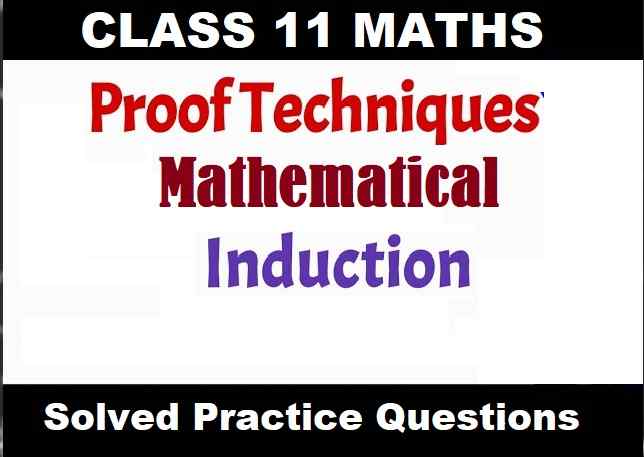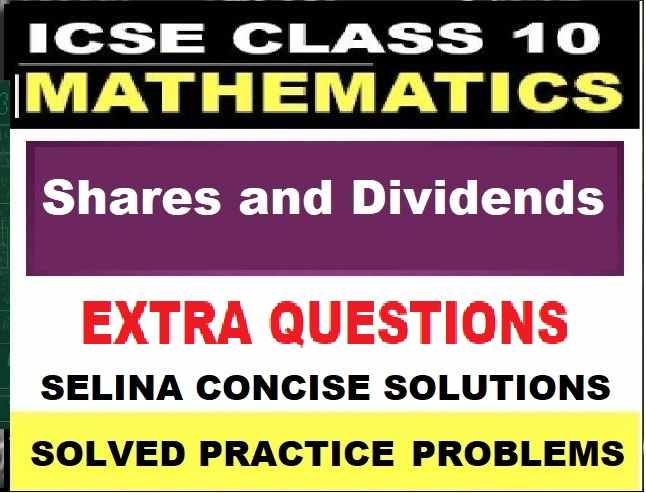Language of Chemistry Exe-1C Short Answer Chemistry Class-9 ICSE Selina Publishers Solutions Chapter-1. Step By Step ICSE Selina Concise Solutions of Chapter-1 Language of Chemistry with All Exercise including MCQs, Very Short Answer Type, Short Answer Type, Long Answer Type, Numerical and Structured/Application Questions Solved . Visit official Website CISCE for detail information about ICSE Board Class-9.
Language of Chemistry Exe-1C Short Answer Chemistry Class-9 ICSE Concise Selina Publishers
| Board | ICSE |
| Publications | Selina Publication |
| Subject | Chemistry |
| Class | 9th |
| Chapter-1 | Language of Chemistry |
| Book Name | Concise |
| Topics | Solution of Exercise – (1C) Short Answer Type |
| Academic Session | 2023-2024 |
C. Exercise – (1C) Short Answer Type
Language of Chemistry Class-9 Chemistry Concise Solutions
Page 20
Question 1.
What is the valency of :
(a) fluorine in CaF2
(b) sulphur in SF6
(c) phosphorus in PH3
(d) carbon in CH4
(e) Manganese in MnO2
(f) Copper in Cu2O
(g) Magnesium in Mg3N2
(h) nitrogen in the following compounds :
(i) N2O3 (ii) N2O5 (iii) NO2 (iv) NO
Answer:
(a) Valency of fluorine in CaF2 is -1.
(b) Valency of sulphur in SF6 is +6.
(c) Valency of phosphorus in PH3 is +3.
(d) Valency of carbon in CH4 is +4.
(e) Valency of manganese in MnO2 is +4.
(f) Valency of copper in Cu2O is +1.
(g) Valency of magnesium in Mg3N2 is +2.
(h) Valency of nitrogen in the given compounds :
(i) N2O3 = +3
(ii )N2O5 = +5
(iii )NO2 = +4
(iv) NO = +2
Question 2.
Why should an equation be balanced? Explain with the help of a simple equation.
Answer:
According to the law of conservation of mass, ‘matter can neither be created nor can it be destroyed’. This is possible only if the total number of atoms on the reactants side is equal to the total number of atoms on the products side. Thus, a chemical reaction should always be balanced.
e.g. KNO3 → KNO2 + O2
In this equation, the number of atoms on both sides is not the same, and the equation is not balanced.
The balanced form of this equation is
2KNO3 → 2KNO2 + O2
Question 3.
Define atomic mass unit.
Answer:
Atomic mass unit is defined as 1⁄12 the mass of an carbon atom C-12.
Question 4.
Write the balanced chemical equations of the following word equations.
(a) Sodium hydroxide + sulphuric acid ⟶ sodium sulphate + water
(b) Potassium bicarbonate + sulphuric acid ⟶ potassium sulphate + carbon dioxide + water
(c) Iron + sulphuric acid ⟶ ferrous sulphate + hydrogen
(d) Chlorine + sulphur dioxide + water ⟶ sulphuric acid + hydrogen chloride
(e) Silver nitrate ⟶ silver + nitrogen dioxide + oxygen
(f) Copper + nitric acid ⟶ copper nitrate + nitric oxide + water
(g) Ammonia + oxygen ⟶ nitric oxide + water
(h) Barium chloride + sulphuric acid ⟶ barium sulphate + hydrochloric acid
(i) Zinc sulphide + oxygen ⟶ zinc oxide + sulphur dioxide
(j) Aluminium carbide + water ⟶ aluminium hydroxide + methane
(k) Iron pyrites (FeS2) + oxygen ⟶ ferric oxide + sulphur dioxide
(l) Potassium permanganate + hydrochloric acid ⟶ potassium chloride + manganese chloride + chlorine + water
(m) Aluminium sulphate + sodium hydroxide ⟶ sodium sulphate + sodium meta aluminate + water
(n) Aluminium + sodium hydroxide + water ⟶ sodium meta aluminate + hydrogen
(o) Potassium dichromate + sulphuric acid ⟶ potassium sulphate + chromium sulphate + water + oxygen
(p) Potassium dichromate + hydrochloric acid ⟶ potassium chloride + chromium chloride + water + chlorine
(q) Sulphur + nitric acid ⟶ sulphuric acid + nitrogen dioxide + water
(r) Sodium chloride + manganese dioxide + sulphuric acid ⟶ sodium hydrogen sulphate + manganese sulphate + water + chlorine
Answer:
(a) 2NaOH + H2SO4 ⟶ Na2SO4 + 2H2O
(b) 2KHCO3 + H2SO4 ⟶ K2SO4 + 2CO2 + 2H2O
(c) Fe + H2SO4 ⟶ FeSO4 + H2
(d) Cl2 + SO2 + 2H2O ⟶ H2SO4 + 2HCl
(e) 2AgNO3 ⟶ 2Ag + 2NO2 + O2
(f) 3Cu + 8HNO3 ⟶ 3Cu(NO3)2 + 2NO + 4H2O
(g) 4NH3 + 5O2 ⟶ 4NO + 6H2O
(h) BaCl2 + H2SO4 ⟶ BaSO4 + 2HCl
(i) 2ZnS + 3O2 ⟶ 2ZnO + 2SO2
(j) Al4C3 + 12H2O ⟶ 4Al(OH)3 + 3CH4
(k) 4FeS2 + 11O2 ⟶ 2Fe2O3 + 8SO2
(l) 2KMnO4 + 16HCl ⟶ 2KCl + 2MnCl2 + 5Cl2 + 8H2O
(m) Al2(SO4)3 + 8NaOH ⟶ 3Na2SO4 + 2NaAlO2 + 4H2O
(n) 2Al + 2NaOH + 2H2O ⟶ 2NaAlO2 + 3H2
(o) 2K2Cr2O7 + 8H2SO4 ⟶ 2K2SO4 + 2Cr2(SO4)3 + 8H2O + 3O2
(p) K2Cr2O7 + 14HCl ⟶ 2KCl + 2CrCl3 + 7H2O + 3Cl2
(q) S + 6HNO3 ⟶ H2SO4 + 6NO2 + 2H2O
(r) 2NaCl + MnO2 + 3H2SO4 ⟶ 2NaHSO4 + MnSO4 + 2H2O + Cl2
— : End of Language of Chemistry Exe-1C Short Answer Class-9 ICSE Chemistry Solutions :–
Return to Return to Concise Selina ICSE Chemistry Class-9
Thanks
Please share with your friends


